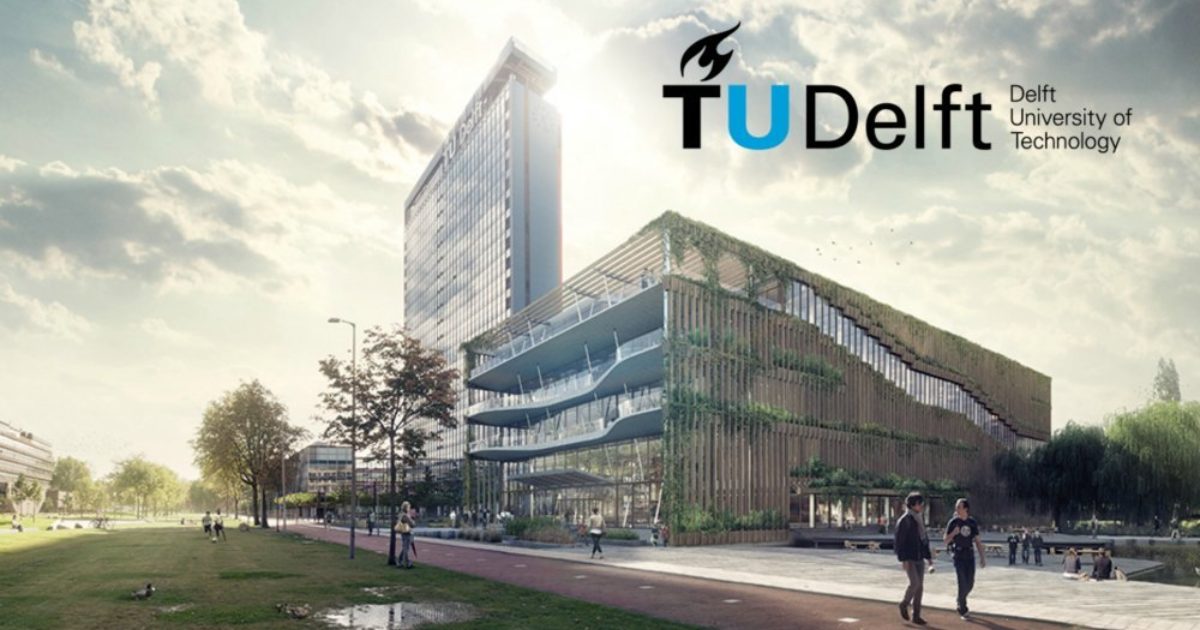TU Delft: TU Delft set to future-proof electricity grid
The most recent IPCC report pulls no punches. Humankind is causing global warming at an unprecedented pace. The Netherlands will need to generate more power from solar and wind power in order to limit warming to 1.5 degrees and achieve climate goals, but is our electricity grid even ready for that? The answer is no. Tim van der Hagen, President and Rector Magnificus at TU Delft, explains it as follows: ‘We’re facing a turning point in history. We have the opportunity and a duty to limit global warming to 1.5 degrees. To this end, we will need to redesign our energy supply, among other things. If the transition is to prove successful, we will need smart innovations and an integrated strategy. We will need to combine knowledge and expertise from across society, including the business community, policymakers, business developers and social scientists. And from October, that’s what will be happening in the ESP Lab.’
System integration
That the ESP Lab will play a key role in setting the route towards our sustainable future is also confirmed by Maarten Abbenhuis, Chief Operations Officer (COO) at TenneT. Abbenhuis: ‘In the past, we used to build high-voltage networks to meet the demand for electricity throughout our country. The system is now morphing into a European multifunctional connector of dynamic electricity supply, controllable energy demand, and a link to storage in molecules and electrons. The ESP Lab will be used to develop and test innovations in relation to the entire energy system so that they can be integrated successfully. This is an essential step to safeguard the security and reliability of the electricity grid, now and in the future in which everything is interconnected. That’s why it makes perfect sense for TenneT to be a partner from the outset.’
Smart innovations
The official opening of the ESP Lab – set to be a low-key event because of current COVID-19 restrictions – will feature the première of a mini-documentary further highlighting the laboratory’s relevance to society. In it, Miro Zeman, the professor who is spearheading the project, presents his vision on accelerating the energy transition. ‘A sustainable power supply starts with the generation of sufficient green energy,’ explains Zeman. ‘The sun, which features as a running theme throughout the documentary, has an important role to play in that. A key smart innovation that we are currently working on in the ESP Lab involves adding a little bit of intelligence to solar cells, in order to maximise energy production in fluctuating shadow conditions. In the ESP Lab, we are also developing future-proof components, such as new high-voltage cables and power electronics, to enable the secure and waste-free transportation of green electricity. Of course, we also have our Digital Twin: a large computer simulation tool that we are using to test the reliability and security of the existing and future grid. Nowhere else in the world can so many smart innovations be found under one roof.’
Golden Phoenix
The ESP Lab not only provides TU Delft with unparalleled opportunities for new research, the laboratory has also been attracting attention for its architecture. The ESP Lab was recently nominated for the NRP Golden Phoenix award (Gulden Feniks) – the leading prize for sustainable and innovative renovation and transformation projects – also known as the ARC Award (category: Detail).
Pelle Poiesz, who worked on the design on behalf of architectural firm HP Architecten, explains both nominations as follows: ‘What makes the ESP Lab so unique from an architectural perspective is that each field of research has its own laboratory environment, with specific requirements in terms of electronic isolation from external influences. That is why, in the design, we included different layers of protection to counteract influences from outside and from other equipment – such as electromagnetic radiation, noise, vibrations and light. Take the impulse generator, for example, which simulates a four-million-volt lightning strike – that generator is just five metres away from an extremely sensitive supercomputer that needs to continue to function during any tests. It makes me incredibly proud that all this has now come together, in a “temple” where the electricity grid is being future-proofed.’

